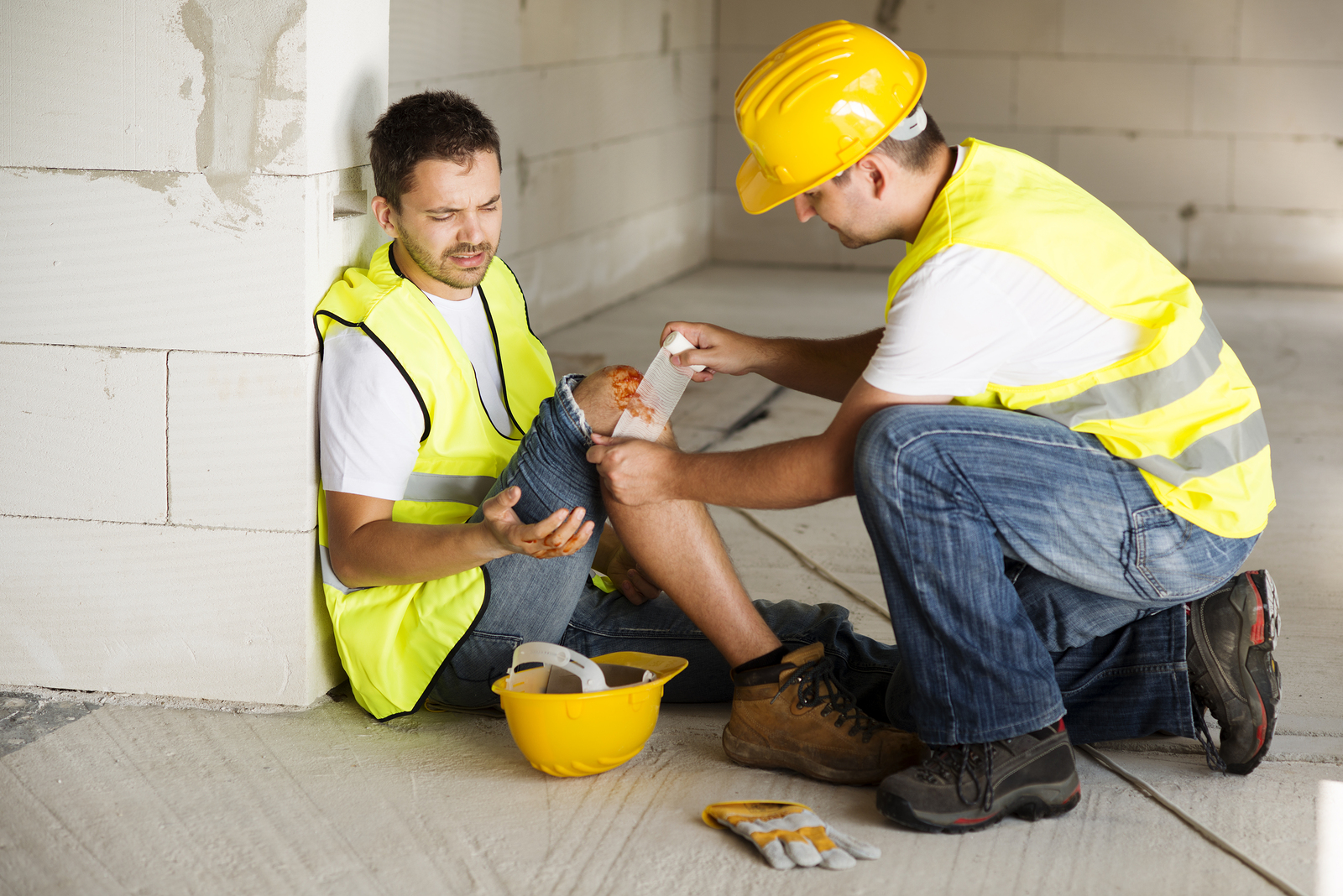Construction sites are inherently dangerous places, and accidents can happen despite the best safety measures in place. When accidents occur, it’s crucial for individuals involved to understand the legal aspects of seeking compensation. To build a strong construction accident claim, the key lies in gathering substantial evidence that supports your case. In this article, we will explore the vital evidence required to bolster your construction accident claim and help you navigate the complex process of seeking compensation.
Incident Reports
The first step in building a strong construction accident claim is to file an incident report with your employer or the site manager. This report should detail the accident, including the date, time, location, and a description of what happened. A well-documented incident report provides an official record of the accident and is a crucial piece of evidence.
Witness Statements
Eyewitness accounts can significantly strengthen your case. Encourage coworkers, supervisors, or anyone who saw the accident occur to provide statements. These statements should include what they observed, the sequence of events, and any safety violations or negligence they noticed. Witness statements can help corroborate your version of events and establish liability.
Medical Records
Accurate and detailed medical records are essential in a construction accident claim. Seek immediate medical attention after an accident, even if your injuries seem minor. Medical records, including doctor’s notes, test results, and treatment plans, serve as concrete evidence of your injuries and their connection to the accident. These records demonstrate the severity of your condition and your need for compensation.
Photographs and Videos
Visual evidence can be compelling in court. Take photographs or videos of the accident scene, your injuries, and any equipment or machinery involved in the incident. Documenting the scene shortly after the accident preserves crucial evidence and helps establish the conditions and factors that contributed to the accident.
Safety Violations
Construction sites must adhere to strict safety regulations and standards. Any violations of these regulations can be instrumental in your case. Gather evidence of safety violations, such as photographs, inspection reports, or witness statements that identify breaches in safety protocols. Proving negligence or non-compliance with safety standards can be a potent argument in your favor.

Employment Records
Your employment history can play a role in your construction accident claim. Collect employment records that outline your job responsibilities, training, and safety certifications. These documents can help establish your qualifications and demonstrate your employer’s duty to provide a safe work environment.
Expert Testimony
In complex construction accident cases, expert witnesses can provide valuable insight and testimony. Experts in construction, safety regulations, or medical professionals can help explain the technical aspects of your case. Their professional opinions can carry significant weight in court and support your claim.
Communication Records
Keep records of all communication related to the accident, such as emails, text messages, or written correspondence with your employer, coworkers, or insurance companies. These records can demonstrate your efforts to report the accident and seek compensation. They also help establish a timeline of events.
Loss and Expenses Documentation
To calculate the full extent of your damages, maintain detailed records of all expenses related to the accident. This includes medical bills, prescription costs, transportation expenses, and lost wages. Proper documentation ensures you can claim the compensation you deserve.
Legal Representation
Last but not least, consult with an experienced construction accident attorney to guide you through the legal process. A skilled attorney can help you gather and present your evidence effectively, negotiate with insurance companies, and represent your interests in court if necessary.
Conclusion
Building a strong construction accident claim necessitates a comprehensive collection of evidence. The evidence discussed here, from incident reports and witness statements to medical records and expert testimony, plays a crucial role in establishing liability and supporting your case. With the right evidence and legal representation, you can increase your chances of receiving the compensation you deserve for your injuries and losses. Remember, seeking justice after a construction accident is not just your right; it’s your path to recovery and a safer future for all construction workers.

